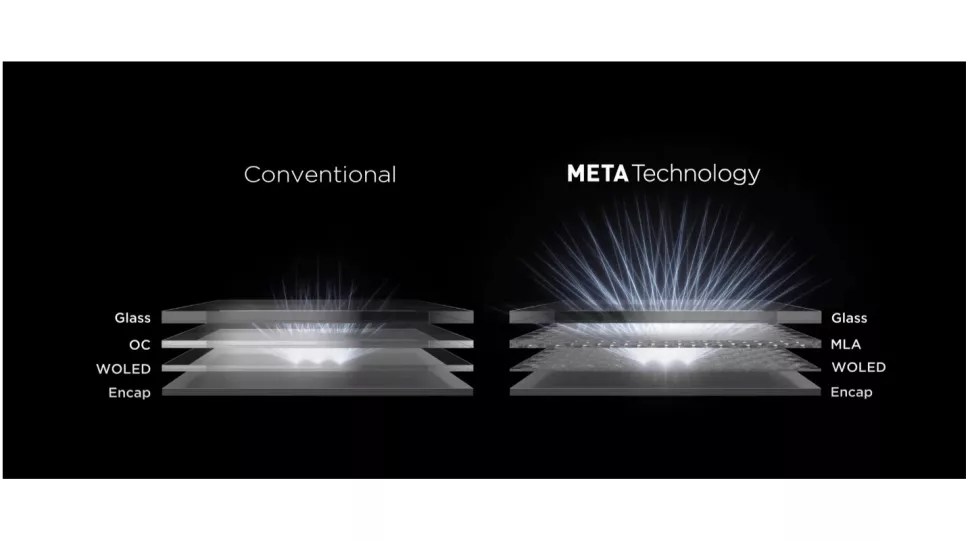
Apple’s two main display suppliers, Samsung and LG, have suggested the use of a micro lens array in the iPhone 16, in order to either boost screen brightness, or increase battery life.
However, the technology comes with one downside: It reduces the effective viewing angle of the display …
Micro lens array
Display brightness versus battery life is normally a straightforward trade-off: The brighter the screen, the more power it uses, and the lower the battery-life.
But a micro lens array (MLA) offers a potential way to either boost screen brightness for the same power consumption, or maintain existing maximum brightness while using less power.
This is a layer of microscopically small lenses placed on top of an OLED screen. By focusing the light emitted from the display, more of that light is directed toward the eyes of the user, effectively increasing the brightness.

This could make iPhone screens easier to see in bright sunlight, but could also mean that the power drain could be reduced below current levels in normal viewing conditions, while maintaining the same effective brightness level. This would extend battery life.
MLA technology is already used in some TVs and monitors, and is used in reverse to boost the sensitivity of some camera sensors. Samsung has recently started using MLAs in a few high-end smartphones, including the Galaxy S22 Ultra.
Samsung and LG proposing MLA for iPhone 16
According to a report in The Elec, both Samsung and LG have proposed to Apple that they incorporate MLAs into the displays of next year’s iPhone 16 models. Apple is said to be waiting to see whether the companies can meet the company’s standards for displays with this tech.
According to the industry on the 1st, Samsung Display and LG Display have proposed to Apple to apply a micro-lens array (MLA) to the iPhone organic light-eluminescent diode (OLED) […]
It is known that the characteristics of the OLED material set being developed by two domestic panel companies, with the goal of applying the iPhone 16 series, which Apple is scheduled to release next year, still fall short of Apple’s standards.
There is one drawback to using MLAs: the more focused light path effectively reduces the acceptable viewing angles of the display. However, while that can be challenging for TV use, for a smartphone – normally viewed by only one person at a time – it is less of an issue.
In the meantime, all eyes for now are on the iPhone 15 line-up, set to be officially announced on September 12.
Photo: Dollar Gill/Unsplash
FTC: We use income earning auto affiliate links. More.





Comments